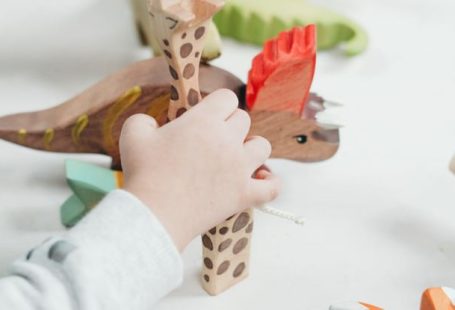Ensuring that homes are accessible for the elderly is crucial in enabling them to age in place comfortably and safely. As people grow older, their physical abilities may decline, making it challenging for them to navigate their living spaces. By making simple modifications to homes, it is possible to create an environment that promotes independence and reduces the risk of accidents. In this article, we will explore practical tips on how to make homes accessible for the elderly.
Assessing the Layout and Functionality
One of the first steps in making a home more accessible for elderly individuals is to assess the layout and functionality of the living space. Consider the following aspects:
– **Clear Pathways**: Ensure that there are clear pathways throughout the home to allow for easy movement. Remove any obstacles that may obstruct walking areas, such as loose rugs or furniture.
– **Single-Level Living**: If possible, try to create a single-level living space to eliminate the need to climb stairs. This can be achieved by converting a room on the ground floor into a bedroom or installing a stairlift if stairs are unavoidable.
– **Wide Doorways**: Widening doorways can make it easier for individuals using mobility aids like wheelchairs or walkers to move from room to room. Aim for doorways that are at least 32 inches wide.
– **Non-Slip Flooring**: Replace slippery flooring with non-slip alternatives to reduce the risk of falls. Options include installing textured tiles or adding rugs with non-slip backings.
– **Accessible Bathroom**: Make the bathroom safer and more accessible by installing grab bars near the toilet and in the shower or bathtub. Consider replacing the tub with a walk-in shower for easier entry and exit.
– **Well-Lit Spaces**: Ensure that all areas of the home are well-lit to help elderly individuals with poor vision navigate their surroundings effectively. Use bright lighting and consider installing motion-sensor lights in hallways and staircases.
Adapting the Kitchen
The kitchen is a central part of any home, and making it more accessible for the elderly can greatly improve their quality of life. Consider the following modifications:
– **Lower Countertops**: Lowering countertops can make it easier for individuals in wheelchairs or with limited mobility to prepare meals and access kitchen appliances.
– **Pull-Out Shelves**: Install pull-out shelves in cabinets to make it easier to reach items stored at the back without having to stretch or bend.
– **Accessible Appliances**: Consider replacing traditional knobs on stoves and ovens with easy-to-use levers or touch controls. Opt for appliances with large, easy-to-read buttons.
Creating Comfortable Living Spaces
In addition to making structural changes, creating comfortable living spaces is essential for the well-being of elderly individuals. Consider the following tips:
– **Comfortable Seating**: Provide comfortable and supportive seating throughout the home to allow for rest and relaxation. Opt for chairs with sturdy armrests for ease of sitting and standing.
– **Decluttering**: Keep living spaces free of clutter to reduce the risk of tripping or falling. Encourage the use of storage solutions such as baskets or shelves to keep items organized.
– **Personal Touches**: Incorporate personal touches such as family photos or favorite decorations to create a warm and inviting atmosphere. Personal belongings can help individuals feel more connected to their living space.
Creating an Elderly-Friendly Home
By making simple modifications and thoughtful choices, it is possible to create a home that is safe, comfortable, and accessible for elderly individuals. Assessing the layout and functionality, adapting the kitchen, and creating comfortable living spaces are key steps in ensuring that homes are well-suited for aging in place. With these practical tips in mind, you can help elderly loved ones continue to enjoy their homes for years to come.




